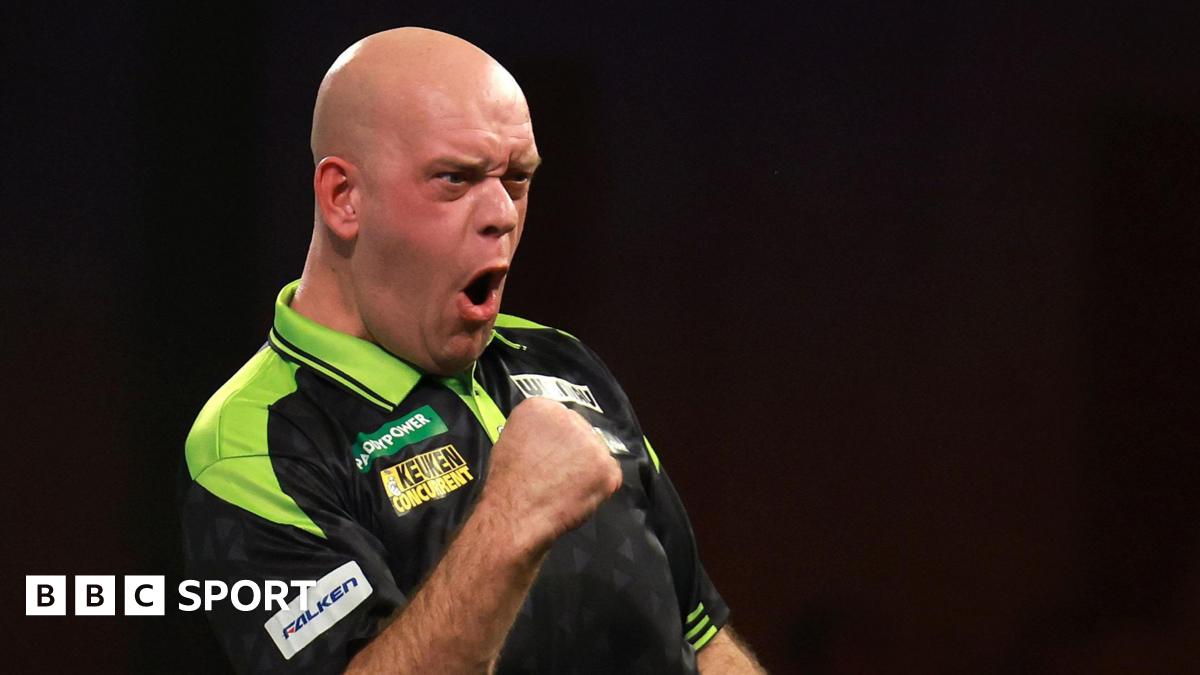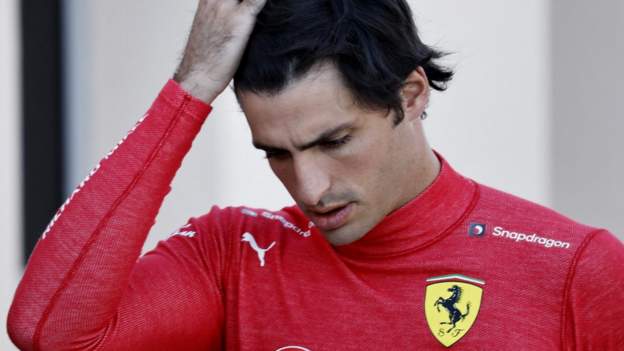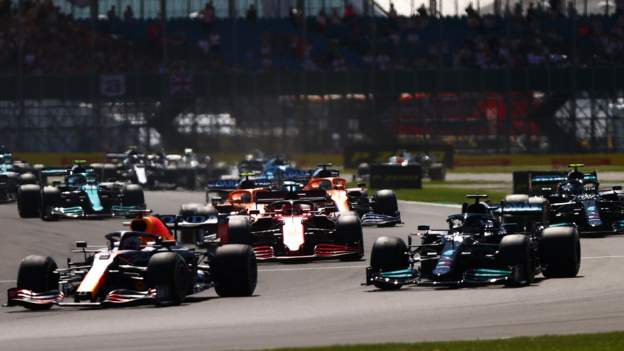Ferrari’s Carlos Sainz wants a broader debate on the long-term health impact of Formula 1’s new generation of cars.
Asked how the cars might handle next week’s Monaco Grand Prix, the Spaniard said: “It’s more than Monaco.
“How much toll should a driver pay for his back and his health in an F1 career with this kind of car philosophy?”
New rules regarding car design, brought in this season, were intended to increase the chances of overtaking – but one side-effect was that cars were more likely to ‘porpoise’, and so teams have had to find ways to counteract that.
Sainz, who is fifth in the drivers’ championship after coming third at the Miami Grand Prix earlier this month, added: “I think we need to open the debate more than anything.
“I think the regulations are great. They’re doing exactly what we needed for racing. But do we need to run as stiff for our necks and back as we are having to run lately?”
Sainz, 27, has started 145 races since coming into Formula 1 in 2015 and says he is “already feeling” the impact from the car changes.
“I’ve done my usual checks on my back, neck tightness, and I see this year I’m tighter everywhere,” he said.
“I don’t need expert advice to know that 10 years like this it’s going to be tough, and you’re going to need to work a lot in mobility, flexibility.”
However, Sainz’s former team-mate Lando Norris suggested that there were ways to design a car so that it reduced porpoising without causing back problems.
Briton Norris, whose McLaren car bounces less than that of other teams, said: “I would have thought you’d have much worse effects from crashing a car at 50 or 60G like some of us have done.”
He also made a redesign suggestion that would cut down on bounce – but also reduce speed and performance.
He said: “There are also many ways for them to stop porpoising. Like lifting your rear ride height 20mm.”























